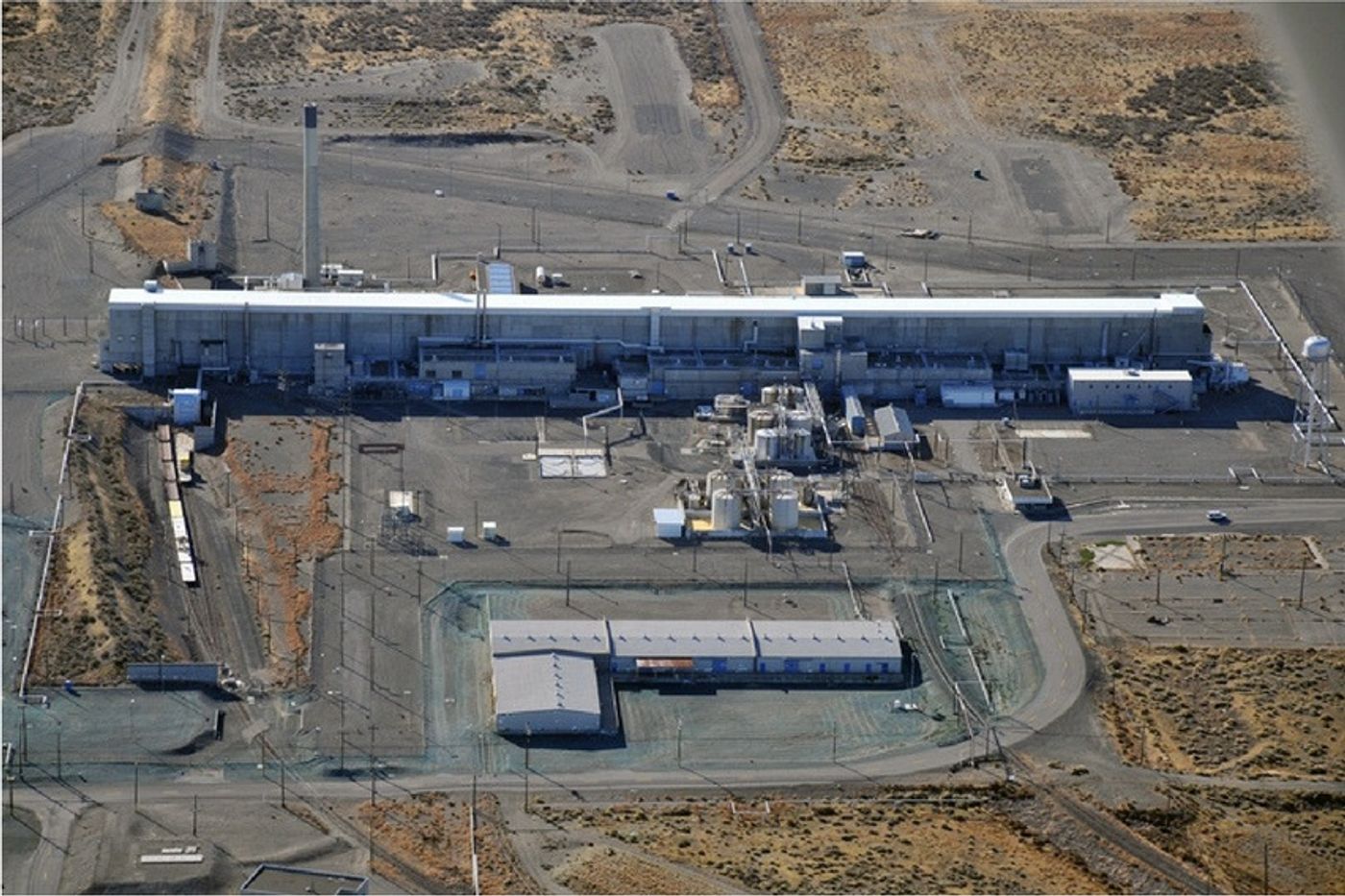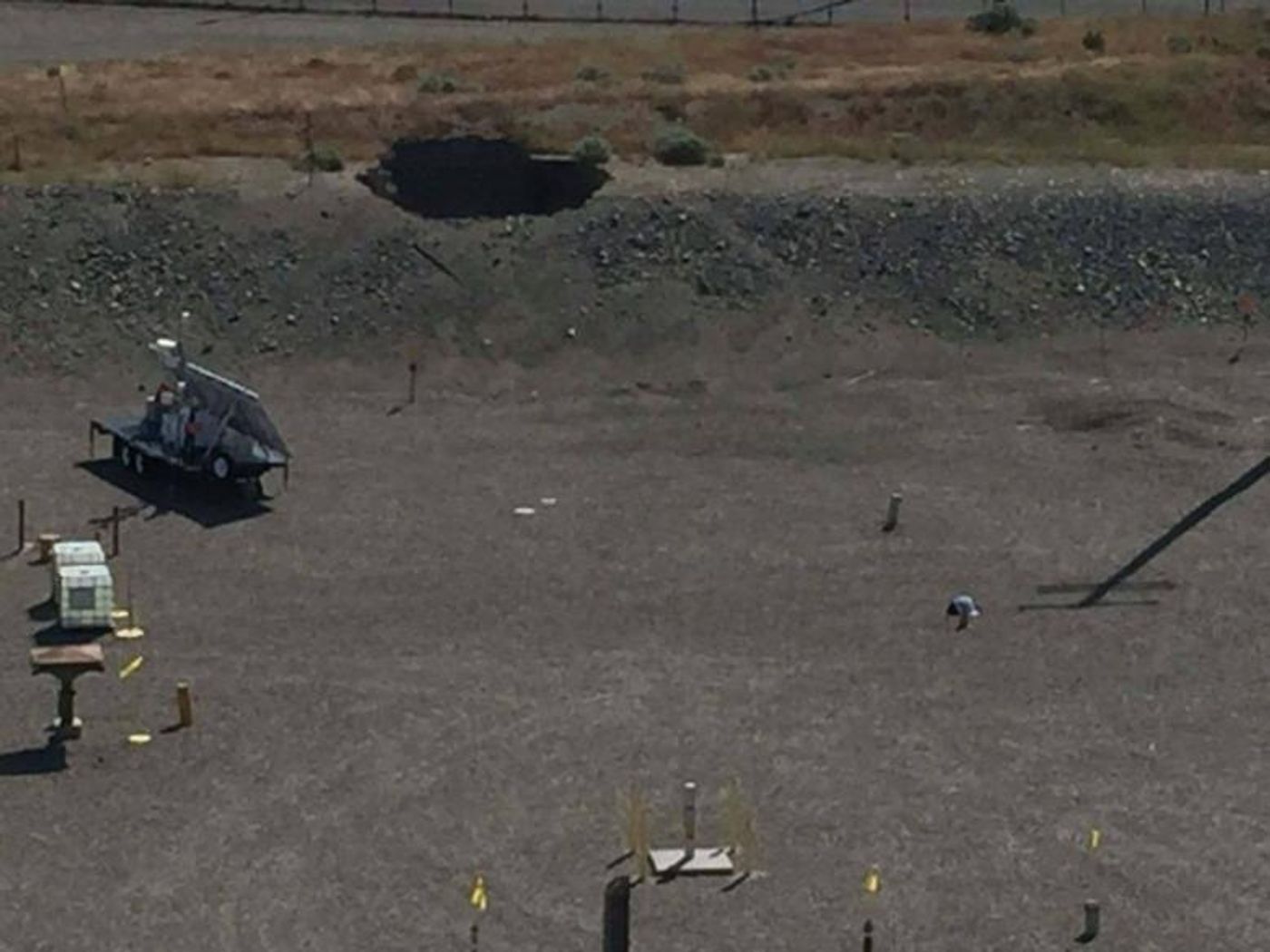Transport Tunnel Partially Collapses at Hanford Nuclear Site
A nuclear material processing facility overseen by the Department of Energy declared emergency May 9, due to the partial collapse of its transport tunnel. Inside the tunnel, there are railcars loaded with radioactive wastes.
Image credit: US Department of Energy, Hanford Nuclear Reservation
Image credit: US Department of Energy/Handout via REUTERS
Known for its acronym PUREX, the 200-acre Plutonium Uranium Extraction Plant is a part of the Hanford Nuclear Reservation in southeaster Washington State. It has been in operation since the mid-1950s - the beginning of the cold war. PUREX together with the Hanford nuclear reactors have been the work horse in producing and processing plutonium-239 (Pu-239), a fissile isotope that is commonly used in the manufacturing of nuclear weapons. With over 70,000 tons of fuel rods processed during its operation, some scientists believed that PUREX holds the record for handling the most plutonium on the planet.
Even though being vacated for nearly 20 years, the facility remains highly contaminated. In fact the Hanford Site is considered the largest repository of radioactive waste in the United States. Due to the extreme low efficiency of production, massive wastes were generated in return for small amount of plutonium. Nowadays millions of gallons of radioactive wastes are still stored at the site. A lengthy and expensive process is in progress to clean up and decommission the entire area.
Pu-239 decays into uranium-235 by emitting alpha radiation / particles. Due to the low penetrating ability of its radiation, Pu-239 is not considered dangerous as external radiation source. However, once it is internalized for example by ingesting or inhaling, plutonium can cause radiation poisoning and cancers.
A robotic device was sent to collect air and soil samples to monitor the possible release of radioactive wastes. Fortunately no sign of contamination has been detected yet. According to the Hanford Emergency Center, all employees there have been told to take cover for precautionary purpose. “No employees were hurt and there was no spread — no indication of a spread of radiological contamination," said the spoke person of emergency center. Some experts suspect that the vibration from nearby road work may have caused the tunnel roof to cave in, but the official statement was that it was still too early to know what the real cause was.
Image credit: Susannah Frame@SFrameK5, King Television
Additional information:
http://www.businessinsider.com/hanford-nuclear-site-tunnel-collapse-2017-5











